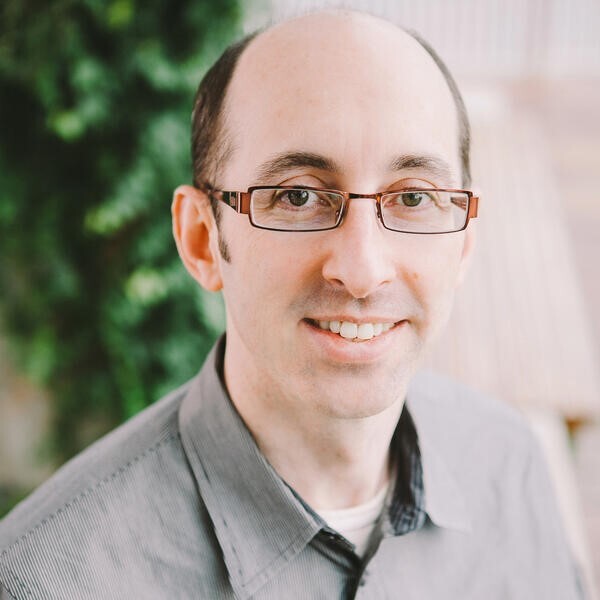
Dr. Gary Bader is a bioinformatics researcher, a Professor at the Donnelly Centre at the University of Toronto, an international leader in the field of computational biology, and one of the instructors teaching MMG3002Y: Biological Statistics in the M.H.Sc. in Medical Genomics Program. His lab is located at the Donnelly Centre, where he and his team are developing computational methods to understand development, cancer, wound healing processes, and organ systems.
Dr. Bader completed his undergraduate studies at McGill University, where he majored in biochemistry and minored in computer science. Dr. Bader explains that he found his passion for computational biology serendipitously, as computers were not being widely used in biology research at the time. Dr. Bader followed his passion to the University of Toronto, where he completed his Ph.D. in the lab of Dr. Christopher Hogue and the Samuel Lunenfeld Research Institute at Mount Sinai Hospital in Toronto. Afterwards, Dr. Bader completed his post-doctoral degree at the Computational Biology Center (cBio) at Memorial Sloan-Kettering Cancer Center in New York before returning to Toronto and starting his own computational biology lab.
The Bader lab focuses on using molecular interaction, pathway, and ‘omics data to gain a mechanistic understanding of normal and disease phenotypes. Projects in the lab use computational methods to elucidate cell-cell interactions, cell internal mechanisms, and model cell growth. Notably, Dr. Bader is a key contributor to the Human Cell Atlas (HCA) project, a massive international effort (with over 2000 participating labs) to map all of the cells of the human body.
Dr. Bader’s team is focusing on mapping the human liver in collaboration with Drs. Ian McGilvray and Sonya MacParland in the liver transplant program at UHN. Their initial paper was published in Nature in 2018, and represents the first map of human liver cells at the molecular level. Their research illuminates the biology of the liver in ways that could increase the success of liver transplant surgeries and enable regenerative medicine treatments for liver diseases. As Dr. Bader explains, understanding the identity, location, and interactions of cells enables us to harness the power of stem cells, where we could grow whichever type of cell is needed.
The methodology used for this research is called single-cell genomics. Dr. Bader explained that this technology is “a new kind of microscope – one that allows us to see tissues at higher resolution”. When compared to traditional “bulk” genomics approaches, single-cell genomics generates 5000x more transcriptomic information per sample. Dr. Bader’s lab is now using this technology to map the cells of the brain and many different types of cancer, and to mathematically model tissue generation.
We’re excited to learn more about the Human Cell Atlas, and we are thankful Dr. Bader is able to lend his expertise to the MedGen program.